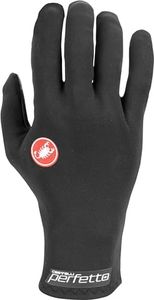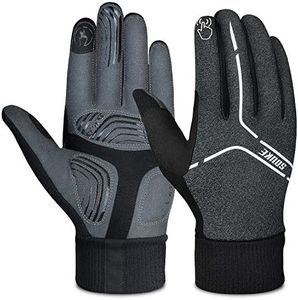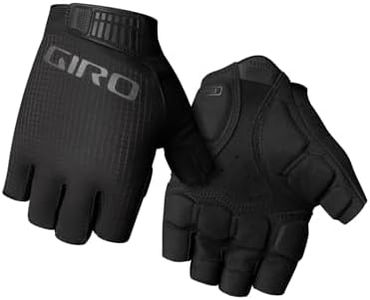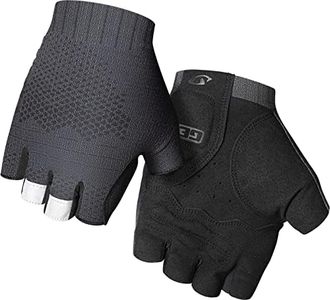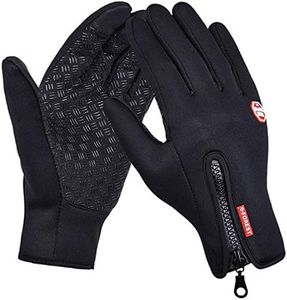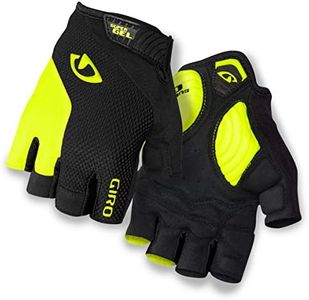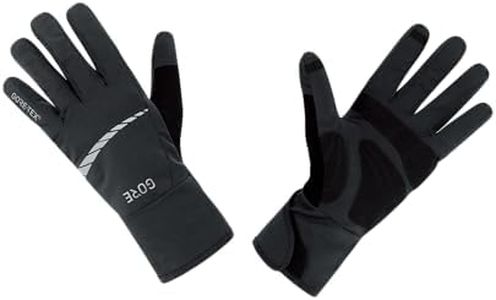We Use CookiesWe use cookies to enhance the security, performance,
functionality and for analytical and promotional activities. By continuing to browse this site you
are agreeing to our privacy policy
10 Best Road Cycling Gloves
From leading brands and best sellers available on the web.Buying Guide for the Best Road Cycling Gloves
Choosing the perfect pair of road cycling gloves can make a huge difference in your comfort and control during rides. These gloves protect your hands from the elements, provide grip on the handlebars, reduce vibrations, and can even help shield you in case of an unexpected fall. To pick the best gloves for you, it's helpful to understand which features matter most, how to compare them, and how your own style of riding and needs influence the choice.PaddingPadding refers to the cushioning placed in the palms of the gloves. It's important because it helps absorb road vibrations, reduces numbness, and makes long rides more comfortable. Light padding is best for riders who want maximum road feel and control, which is popular for short or high-intensity rides. Medium padding offers a balance of comfort and feedback, suitable for most riders and general use. Heavy padding provides the most shock absorption, ideal if you experience hand fatigue or ride on rough surfaces often. Think about how long and how rough your typical rides are to decide how much padding is right for you.
BreathabilityBreathability is how well gloves let air flow through to keep your hands cool and dry. It's essential for comfort, especially during warm weather or long rides when sweaty hands can get uncomfortable. Gloves with mesh or lightweight fabric on the back of the hand are more breathable and best for hot conditions. If you often ride in humid or summer weather, prioritize highly breathable gloves. For cooler days or varied weather, a moderate level is sufficient.
Fit and Closure TypeFit describes how snugly the gloves conform to your hands, while closure type is how the gloves fasten (like Velcro straps, elastic cuffs, or slip-on). A secure, close fit ensures you can move and grip the bars easily without loose fabric bunching up. Slip-on styles are usually lighter and sleeker, great for racers or minimalist riders, but may be harder to remove. Velcro or hook-and-loop closures offer adjustability and are easier to get on and off, which is practical if you take gloves off frequently during rides. Your choice should reflect how sensitive you are to fit and how much ease you want with putting gloves on and off.
Finger CoverageThis refers to whether gloves are 'full-finger' (covering the entire finger) or 'half-finger' (leaving the tips exposed). Half-finger gloves are traditional for road cycling, giving better control, more ventilation, and easier access to phones or snacks. Full-finger gloves offer more protection from weather, wind, or crashes, and are preferred when riding in cooler temperatures or if you want extra coverage. Your environment and personal preference should guide you—go for half-finger on warm or mild days, and full-finger when you want more protection.
Grip MaterialGrip material is the texture or fabric on the palm designed to boost your hold on handlebars. It's important for control and safety, especially when your hands are sweaty or it starts raining. Some gloves use synthetic suede for a tacky, comfortable feel, while others add silicone prints or patterned textures for extra grip. Think about whether you often ride in wet conditions or value maximum bar control, and look for gloves with specially designed grip surfaces accordingly.
Sweat WipeA sweat wipe is a soft fabric patch, usually on the thumb, designed for wiping your face during a ride. It's a practical feature that seems minor but can make a big difference in comfort during longer or hotter rides. If you know you'll appreciate being able to wipe away sweat quickly and easily without stopping, look for gloves with this feature as it adds convenience.
Reflective ElementsReflective elements are patches or prints on the glove that help you be seen in low-light conditions by reflecting car headlights. This is an important safety consideration if you ride early in the morning, late in the day, or at night. If visibility is part of your routine, gloves with reflective details increase your safety and should be prioritized.

